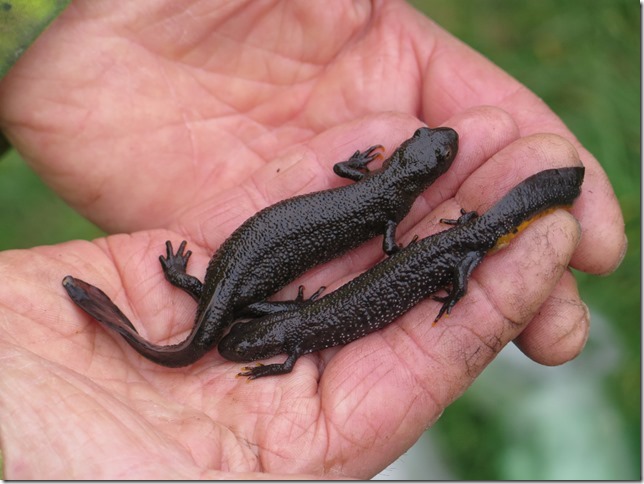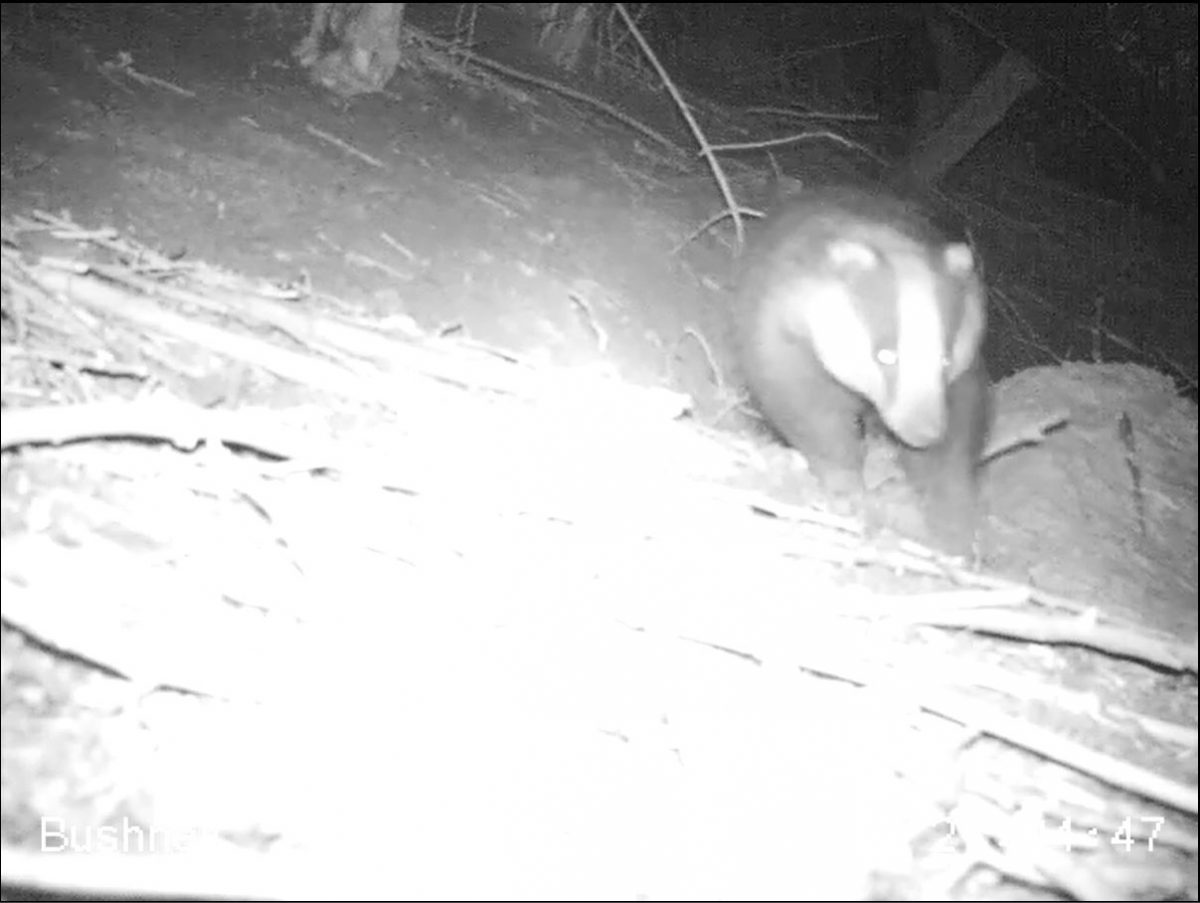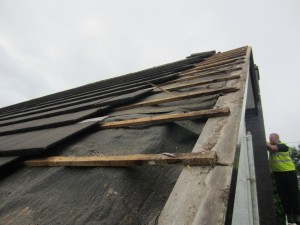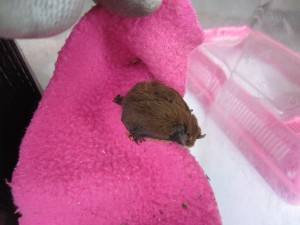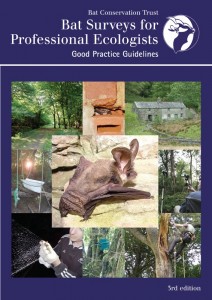In June 2016, ERAP Ltd’s Principal Ecologist, Victoria Burrows, became a Registered Consultant able to use the new Natural England Great Crested Newt Low Impact Class Licence (GCN LICL).
To achieve Registered Consultant status Victoria had to demonstrate to Natural England that she had the relevant qualifications, experience and understanding of great crested newt ecology and relevant mitigation projects. Victoria then attended a two day workshop / training course followed by an assessment.
The GCN LICL has been formulated by Natural England to provide a more streamlined, faster and less onerous approach to mitigation licensing in situations considered to be of low impact.
The licence overview states “This Class Licence gives ecological consultants, who are registered with Natural England to use this licence, the authority to undertake or to supervise certain activities which infringe the protection afforded to great crested newts (Triturus cristatus) at sites registered under it. Specifically, the licence permits great crested newts to be disturbed, to be caught and relocated to a safe place, and allows small areas of terrestrial habitat, used by great crested newts as a resting place, to be damaged or destroyed. It additionally permits temporary impacts in ditches, but not other aquatic habitats, for works on linear schemes.”
Examples when this licence may be applicable comprise temporary impacts, or negligible permanent impacts, affecting terrestrial habitats such as construction or installation of pipeline routes; boreholes and archaeological type works; installation of road signs and gantries, routine maintenance type works and small scale permanent habitat destruction.
The GCN LICL will only be applicable to certain projects. However, with our client’s interests as a priority, the ability to apply the GCN LICL route will always be considered to minimise any potential delays and constraints to ensure a positive outcome for both wildlife and our clients.

